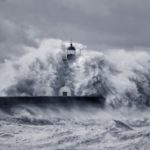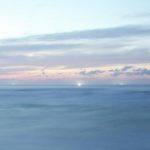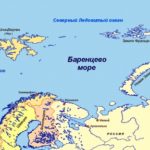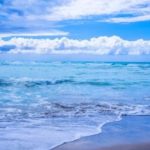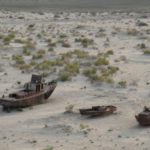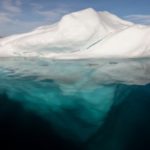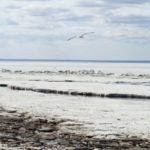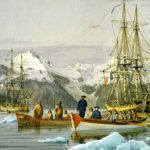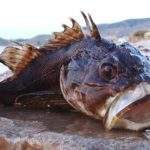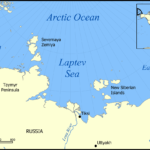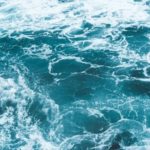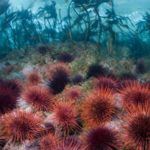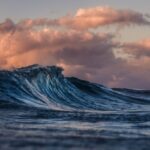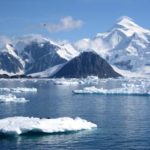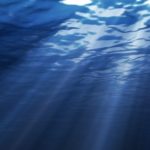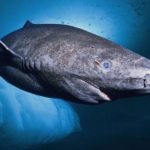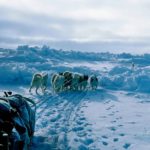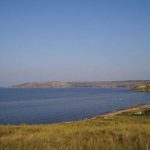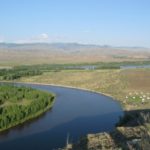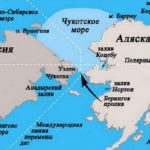13 interesting facts about the Kara Sea
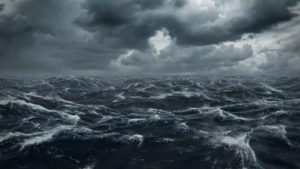 The cold and harsh Kara Sea does not welcome guests too much. Here storms often rage, not inferior in strength to the tropical typhoons of the southern seas and oceans, and in winter it is covered with ice. But here there are important trade routes, so for the most part of the year ships still sail here, despite the fact that such sailings are fraught with a fair danger.
The cold and harsh Kara Sea does not welcome guests too much. Here storms often rage, not inferior in strength to the tropical typhoons of the southern seas and oceans, and in winter it is covered with ice. But here there are important trade routes, so for the most part of the year ships still sail here, despite the fact that such sailings are fraught with a fair danger.
There are many currents, but still little is known about them, because due to harsh weather conditions, their study is very difficult.
The cold waters of the Kara Sea are not rich in life. Only 54 different species of fish live here.
The Northern Sea Route, the shortest transport artery connecting the Far East with the European part of our country, lies precisely along the Kara Sea.
In some parts of this sea, ice never melts at all, and the thickness of the ice cover exceeds three to four meters.
Ob and the Yenisei make a negative contribution to the ecology of the Kara Sea, because their waters are heavily polluted by industrial enterprises.
On average, there are more storms annually than in most tropical seas.
At the bottom of the Kara Sea, huge deposits of oil and natural gas have been discovered.
Water temperatures here are always below 0 degrees. Above 0, it sometimes rises in the warmest months, and only near the mouths of large rivers flowing into the sea. This makes the Kara Sea one of the coldest seas on Earth.
Several centuries ago it was called the Narsem Sea.
It got its modern name in honor of the Kara river flowing into it.
Despite the presence of some deep places, on average, the depth of the Kara Sea does not exceed hundreds of meters.
In area, it is 10 times larger than countries such as Serbia or Jordan.
Most of the Kara Sea is covered with ice almost all year round.
